Magpies, Hand axe, and Highway - Dr. Chen Shen and the ROM-China Luonan Project
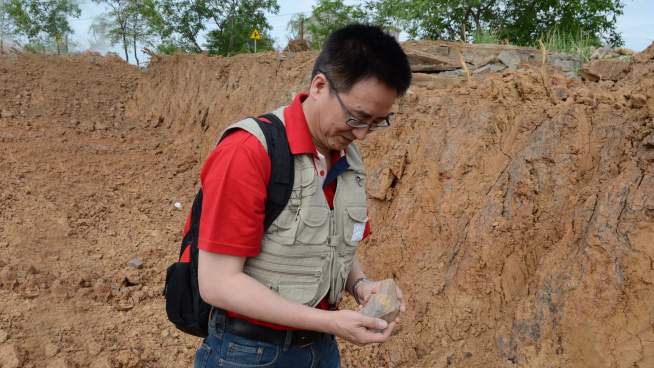
Written by Chen Shen, Vice President, Senior Curator, Bishop White Chair of East Asian Archaeology
In China the colourful and beautiful sounds of the Eurasian Magpies (Figure 1) historically have been described in many poems and throughout literature, as being an auspicious bird that brings you happiness and fortune if you find them flying in front of your window chattering. Many of the houses in the Luonan County, both old and new, are decorated with small sculptures of magpies that often embellish scores of roof ridges (Figure 2). Luonan County is located southeast of Shaanxi and is a remote mountainous town where our ROM-China Luonan project has been active since 1997.

Figure 1. Eurasian Magpie in flight commonly seen in North China.
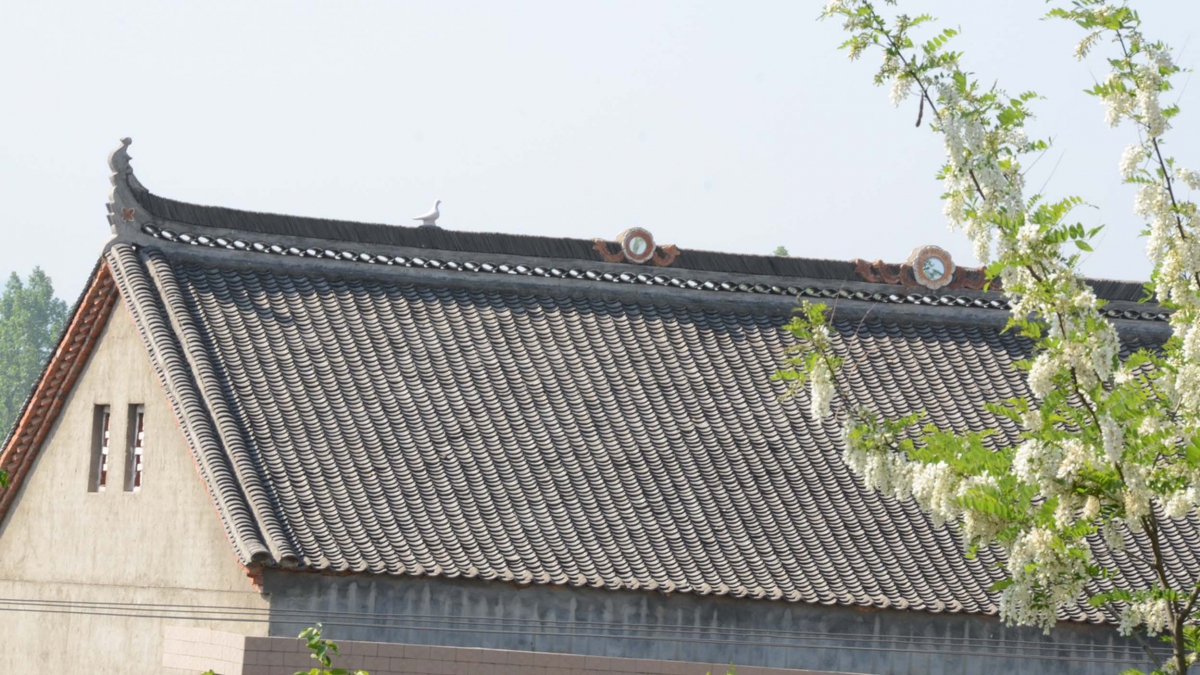
Figure 2: A house with magpie decoration in Luonan, where our Luonan project took place.
Two days ago, during a survey trip in the field, we encountered a group of magpies flying around and resting on trees under which we were carefully searching for Pleistocene hominid stone tools. Strangely enough, they had no interest in leaving and were chattering loudly. I stopped to take out my camera and captured a few amazing photos (Figures 3-4). When the magpies finally flew away, my colleague, Dr. Shejiang Wang, the Director of the Luonan project, muttered: “You know, for the last while every time we hear magpies chattering, our team discovers the best artefacts during our excavations”. I laughed, thinking that I know what the omens of the chattering magpies meant, but didn’t believe we would find anything during this magpie encounter.
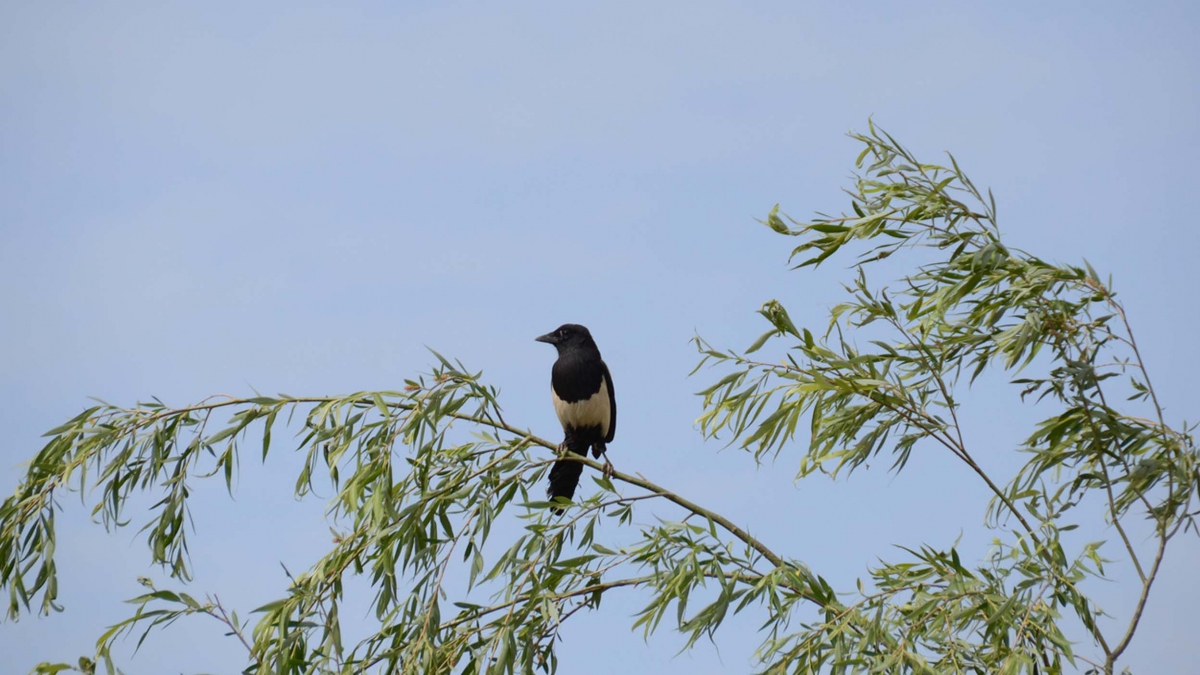
Figure 3: One of the magpies we encountered during our survey that was under the tree where we were searching for Acheulian Tradition tools.
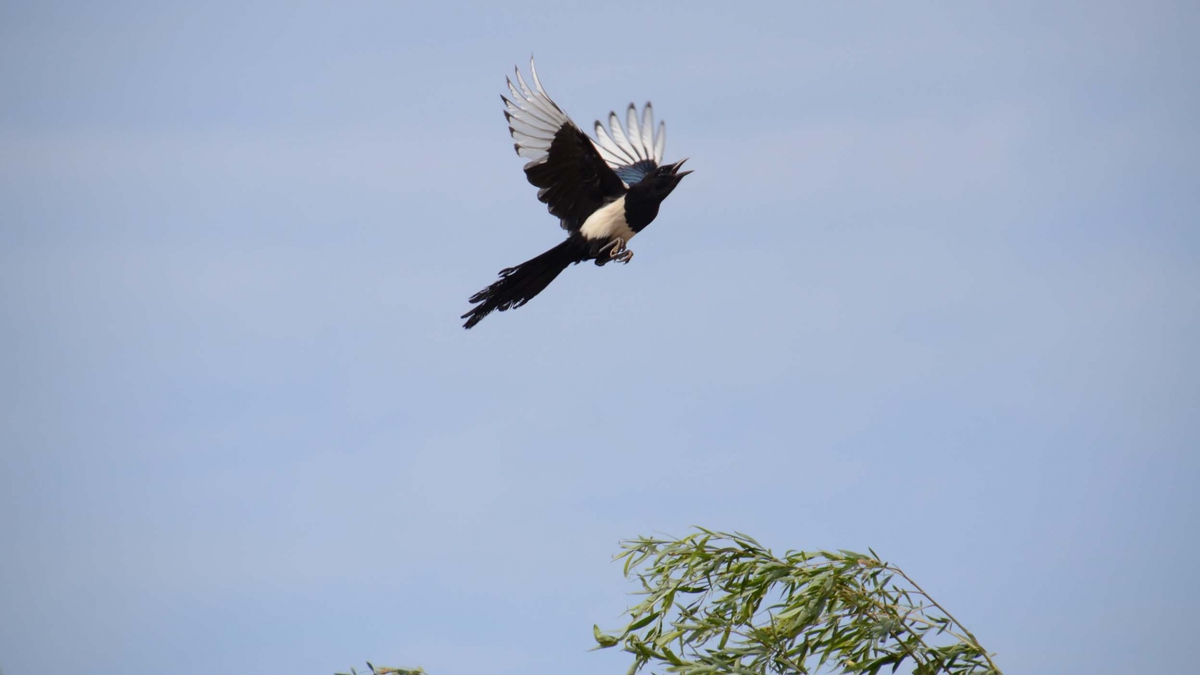
Figure 4: A magpie flying away after chattering, and bringing a fortunate message to us.
But, sure enough around ten minutes later, and about 50 meters away, we located a stunning piece! It was exactly what we were hoping to find. The artefact was embedded within a layer of palaeosol sediments, which probably dates to as early as 400,000 years (Figures 5). The piece uncovered is a hand axe, a well-made bifacial symmetric tool (Figure 6). Over the last decade, our team has uncovered more than 200 hand axes from open-air sites in the Luonan Basin. It is clear to us that this area was occupied by hunter-gatherers who produced similar tools such as hand axes and cleavers, which was commonly known as Acheulian tradition in the western side of the Old World. This stone tool technology first appeared during the Stone Age period in Europe and Africa where it roughly dates to around 1.7 million and 0.2 million years ago. The discovery of hand axes in the Luonan Basin is significant because it raises questions around how East Asian hominids were able to adapt to this mountainous environment differently from, or similar to, their European and African counterparts. For example, our hand axe does not seem to have as much of a sophisticated manufacturing process as the European and African stone tools assemblages. But both Dr. Wang and I have observed, through a decade of field investigations in the region, that these tools were “good enough” to perform the necessary functions. A breakthrough came around two years ago, when we discovered hand axes in association with other typical Acheulian traditional tool types such as cleavers and picks from excavated sites. The reason we made such significant discoveries is because the team was able to excavate an area of more than 800 square meters (compared to previously where the team was only able to excavate 4 to 10 square meters each year). The salvaging archaeology project was done during construction of a new highway that reached all the way up to our field home-base (Figures 7 - 8).
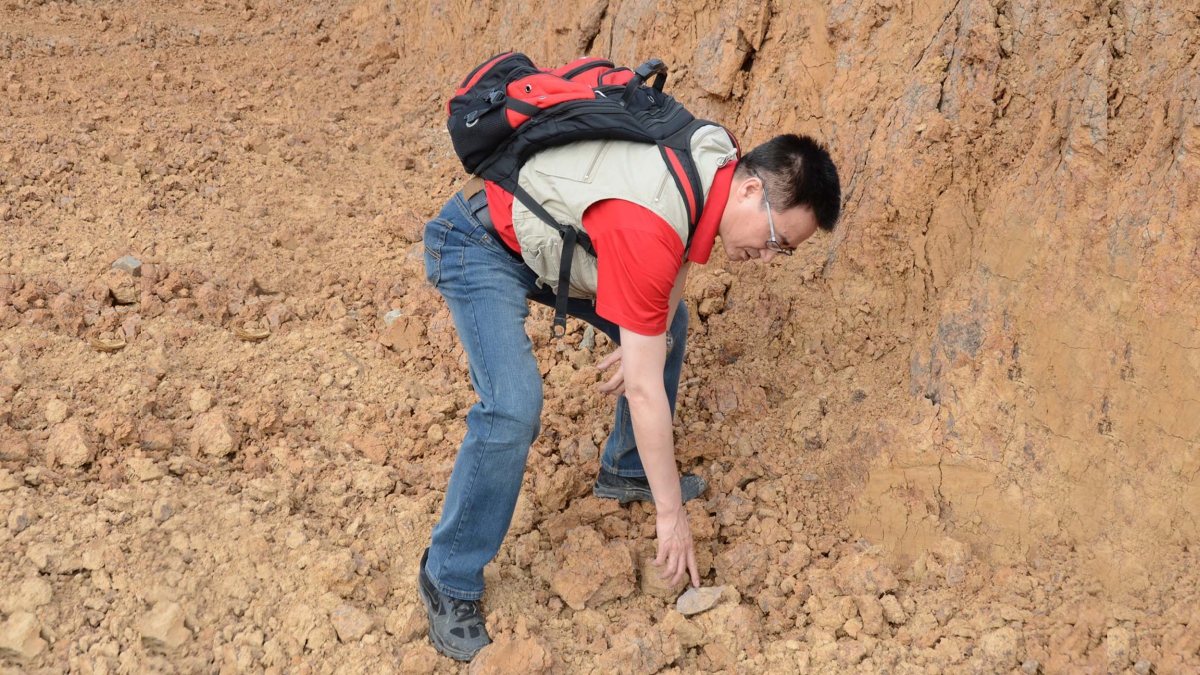
Figure 5: Found it! A hand axe 50 meters away from the tree where magpies rested.
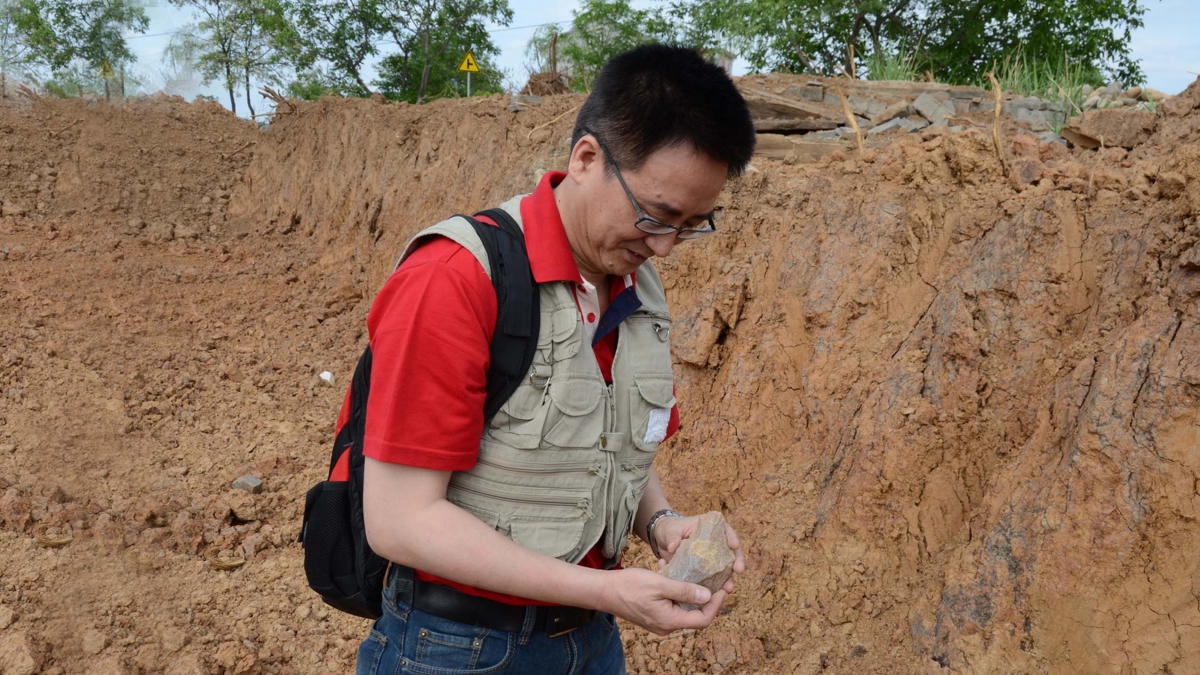
Figure 6: Dr. Chen Shen picking up the hand axe from a site that runs through the newly built highway.
The new G40 highway – the Shanghai-Xi’an Expressway, which is 1,490 km (930 mi) in length - connects the cities between Xi’an and Shanghai, and was completed last July. In 1997 it usually would take us around 6 to 8 hours to travel to our sites, which are hidden inside hills of the Qinling Mountains at an altitude of 1000 meters above sea level. The Qinling Mountains extend to about 1,500 kilometres across central China from the Gansu-Qinghai border in the west to central Henan in the east. Now for the first time, I am able to travel from the airport in Xi’an (where the terracotta warriors are located) to our excavation sites in about 1 ½ hours.
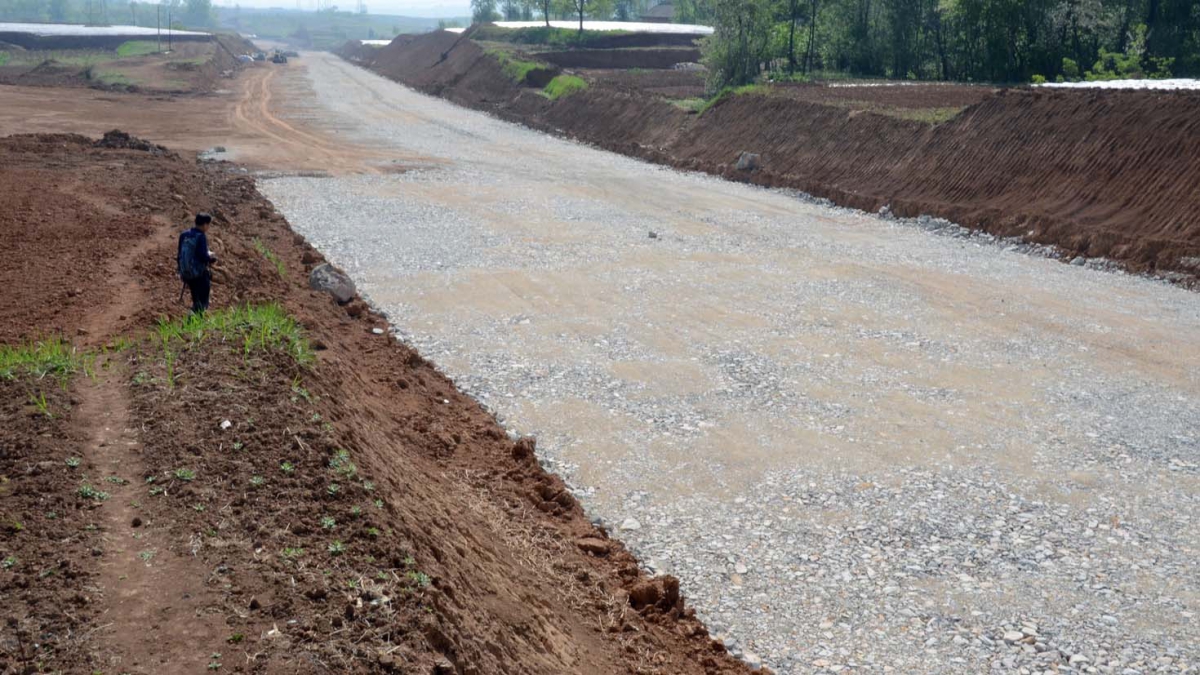
Figure 7: This highway runs through the archaeological site, which would allow us to travel 1½ hours from Xian International Airport to the Luonan archaeological field base that is hidden in the mountainous area. Before the new highway travel time used to take up to 6-8 hours.
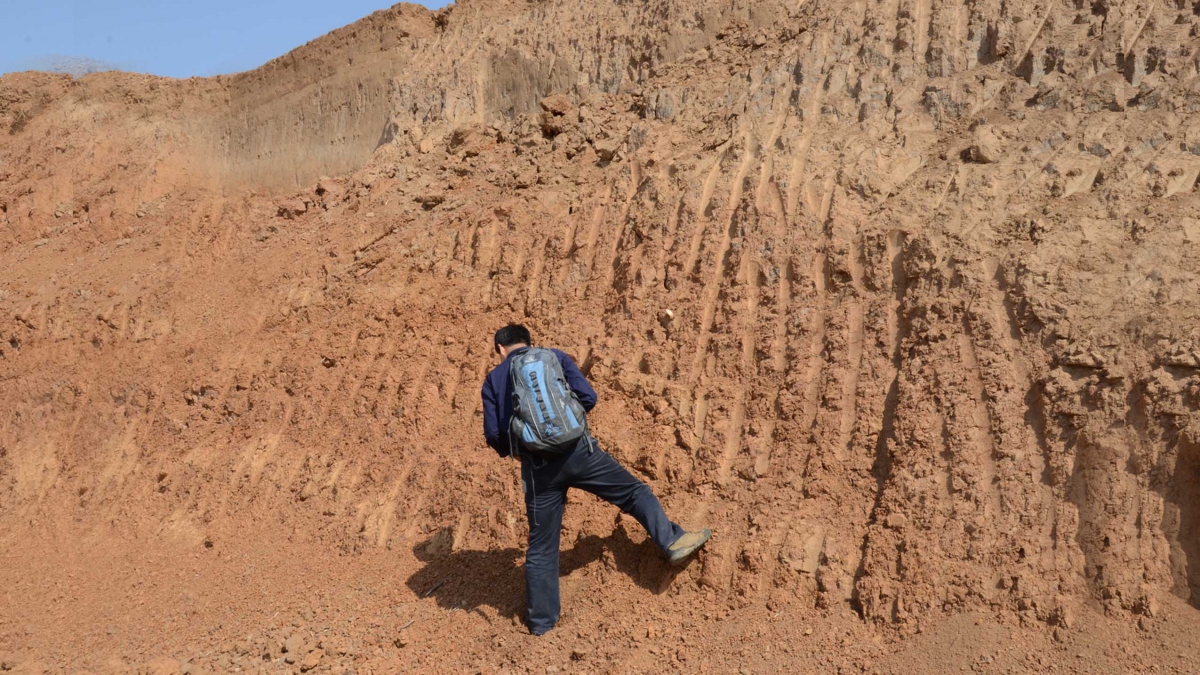
Figure 8: Dr. Wang, the Director of the Luonan project, examining a tool exposed from a highway construction profile. A bit further down, a previous excavation pit can be seen.
